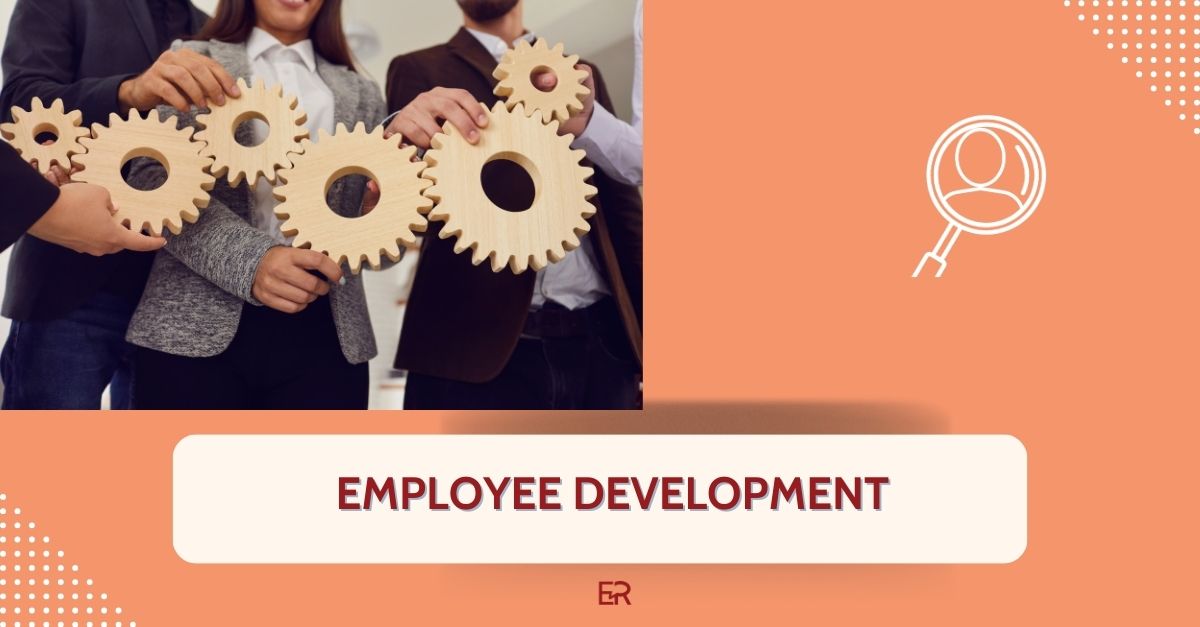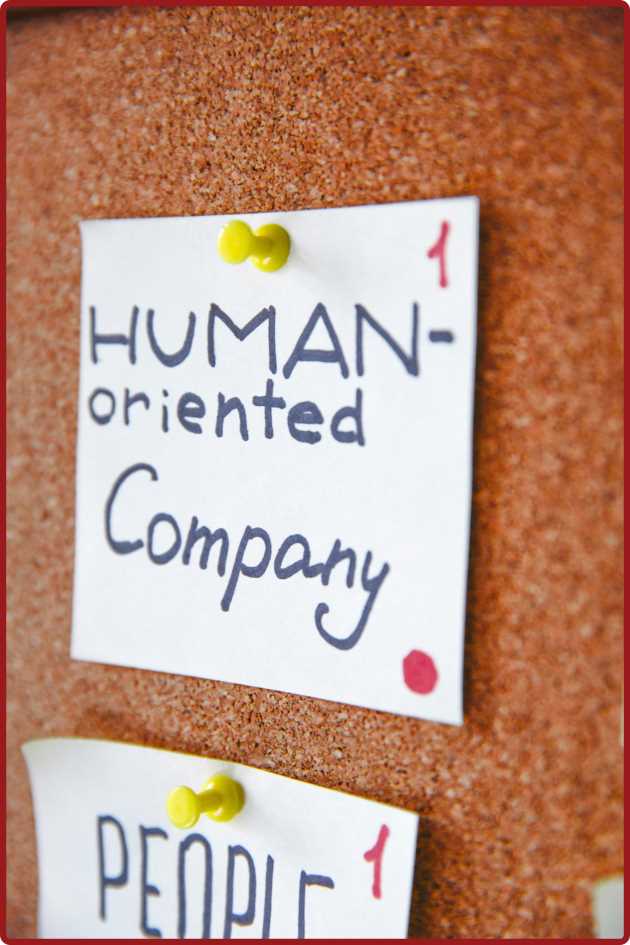
8 January 2024 Employee Development: 1st Strategic Investment
Introduction to the series: strategic business investments
1st Strategic Investment: Employee Development
2nd Strategic Investment: Upright Performance Appraisal System
3rd Strategic Investment: Open Communication
There is a common thread running through the three articles, which is that all three topics concern processes that impact employee engagement and retention and are therefore extremely relevant as well as important.
These are three processes that, especially in recent years, have changed their significance within organisations and increased their value.
These three processes, if implemented all together with concreteness and courage, form a system that can help organisations achieve their strategic goals, and create a positive and, consequently, productive working environment.
Employee development: a key to business success
By employee development means the process of training and professional development of employees within the organisation.
The objective of the process is twofold:
- on the one hand, to improve the skills, knowledge, and abilities of employees to enable them to perform their work optimally;
- on the other hand, to facilitate the realisation of full potential, which means making individual skills and capabilities available to achieve success and personal fulfillment.
Employee development: investing in people

The employee development is a strategic investment by companies, as it can help improve productivity, employee satisfaction and loyalty.
When employees have up-to-date skills and knowledge, they are able to perform their work more efficiently and can contribute more effectively to achieving the objectives of the organisation.
Employees who have good opportunities for professional development are more likely to be committed and motivated in their work.
This can lead to increased productivity and creativity and can give the company a competitive advantage in an ever-changing labour market.
It is now evident, how urgent it has become for organisations to invest in preparing their employees to cope with the impact of new technologies and be better positioned to compete with companies that do not.
Employee development tools
It is important that the activities of employee development are properly designed and implemented so that they are effective and can achieve the desired objectives.
There are several activities that contribute to the employee development and essentially fall into the following 2 categories:
- first of all, classical training, in subjects closely related to the specific job field, is aimed at doing the job effectively.
- secondly, development is a broader process aimed at preparing employees for future roles and improving their general capabilities. It may include activities such as coaching, role rotation, and career development with a specific plan.
Management and Leadership Development Plan
Speaking of employee development one cannot fail to mention that of managers and leaders.
Their role is central in the organisation, connecting the company's strategies and the impact of employees' activities.
It is up to them to grasp the expectations and motivations of their employees as well as to understand recurring problems and solve them.
However, concerning managers and leaders there is always the preconception that they are already competent and trained, whereas it is not uncommon to discover that this is not the case...
The role of a manager and even more so of a leader is by no means easy and requires not only commitment and dedication but also interpersonal skills and attitudes.
Management and leadership development: 3 phases

It is important to proceed step by step and therefore the manager and leader development can be divided into three main phases:
Step 1: Induction into a new role
The first phase is that of gap identification toward future knowledge. In this phase, the company identifies people with the right skills and potential to take on managerial or leadership roles and discusses with them the possible inclusion in a training and development programme for the role.
The skills that are taken into account at this stage include:
- technical competencies: knowledge and skills specific to the sector or area of activity in which you will work;
- managerial and leadership skills: ability to lead people, and coordinate projects and resources;
- personal skills: ability to work in a team, communicate effectively and solve problems.
Phase 2: Training and development
The second phase is that of training and development. In this phase, new managers acquire the knowledge, skills, and competencies needed to be effective in their roles.
The content of training and development varies depending on the role to be filled and should include an in-depth study of topics such as:
- Leadership: ability to guide and motivate people through listening and communication.
- Time management: the ability to organise and manage one's time effectively.
- Conflict management: ability to resolve conflicts constructively.
- Human resource management: ability to engage and get results from employees.
- Project management: ability to direct and supervise complex projects.
Phase 3: Support and coaching
The third phase is that of support and coaching.
This is the time when managers and leaders who have completed their development programme receive support and coaching from more experienced and senior managers or professionals from outside the company.
Support and coaching can help new managers and leaders to experiment and put into practice the knowledge and skills acquired during training. The ultimate goal of the development process of managers and leaders in their new role is therefore the ability to progressively put into practice new skills and abilities.
Recent research by the US analyst and consulting firm Gallup indicates that 70% of the impact on team engagement is determined solely by the manager. [*]
Therefore, it should come as no surprise that managers and leaders should become the first strategic investment in a company.
Conclusions and introduction to the 2nd article
The employee development is a process that offers the company and its employees the opportunity to constantly learn and grow.
In particular, the programs of management and leadership development enable managers and leaders to take on new responsibilities and to stay up-to-date, especially in times of constant and rapid change.
In addition, research on the employee development show that investing in knowledge for companies is important because it affects employee involvement and engagement in the role.
Finally, the employee development also passes through an upright performance appraisal system designed to bring out useful information to guide the growth of both employees and the company.
This is precisely what I will talk about in my next article:
"Second strategic investment: Upright performance appraisal system".
That's all for the moment. Until next time!
For further information or advice on these issues
[*] For more on the subject of different aspects of employee engagement see Gallup's research
https://www.gallup.com/workplace/285674/improve-employee-engagement-workplace.aspx
For an in-depth look at the role of coaching in high-performance organisations my article here
https://www.risorseumane-hr.it/coaching-organizzazioni-ad-alte-prestazioni/
